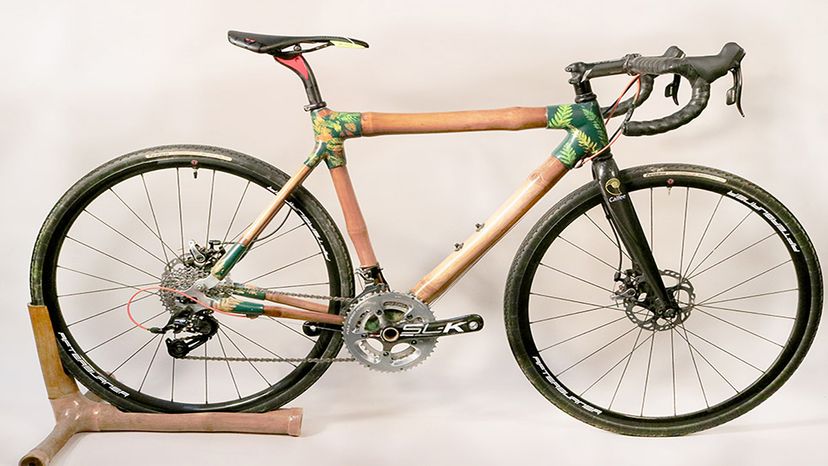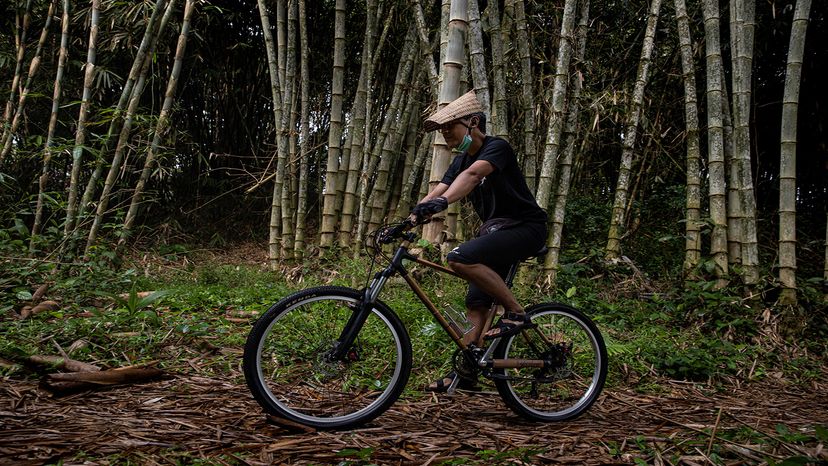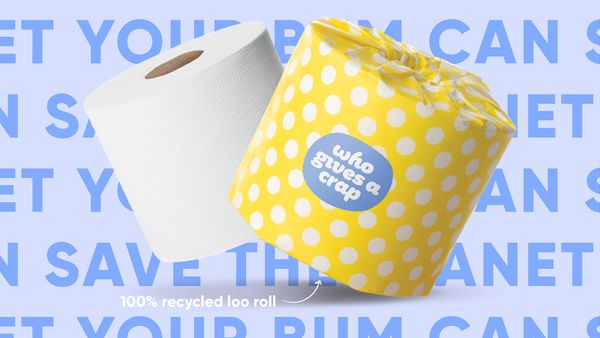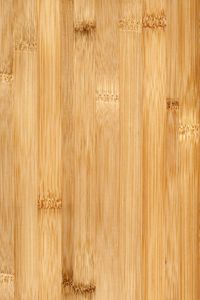Worldwide, thousands of bamboo bikes sell annually. Calfee — whose company builds both top-tier custom bikes as well as DIY kits — says that the aesthetic aspect of bamboo as well as curiosity about its performance are definitely purchasing factors, but that a desire to invest in a bike with ecological credentials is also a big draw.
"The DIY kits make it easy for people with carpentry skills to make a bike frame. For those with little experience making things from wood, there will be a learning curve. And the finishing work takes time to make it beautiful. If one has access to certain power tools, it goes faster. So, if you enjoy making things, the DIY kit is a bargain. Our newest kit is designed for making a lot of bikes so it's great for classes and groups to share in the expense," says Calfee. "The Calfee bamboo frames are made to order and are fairly expensive. The African-made bamboo bikes are quite a bit less expensive and we have some of those preassembled and in stock.
"One of the most interesting aspects not already mentioned comes from owners. They report that the bike seems to put them in a better mood. I assume that is related to the vibration damping, but it could also be the bike's ability to connect the rider to nature, which is a primitive human instinct," Calfee muses. "There are no barriers to understanding the structure. Where other bikes require a technical understanding of metallurgy or composites to fully understand it, bamboo just grows out of the ground."
Bamboo bikes meld technology and nature in a very immediate and sustainable way, making them viable as a means of transportation in countries that lack fuel and basic infrastructure, such as roads. Over the past 15 years Calfee has made some 20 trips to Africa where he's taught bicycle frame construction in the Congo, Ghana, Liberia, Uganda and Zambia, helping many businesses get up and running.
"One of the things that struck me early on with the bamboo bikes was that anyone could build one pretty much anywhere. Electricity is not required. The fixture for holding the bamboo in place while the tacking glue cures can be very simple or more industrial. That allows it to be a shade tree business in a developing country or a factory production — and everything in between," notes Calfee.
"It allows the business to grow organically, without huge up-front investments," Calfee says. "We've helped launch 10 small businesses in Africa and another 10 or so have been started by others by just copying the idea. A few have grown and prospered, exporting to Europe and North America. Others remain small shops making custom bikes for local use."
Calfee's hope for the future of bamboo bikes is that they continue to inspire people to consider more natural and sustainable solutions when designing products and choosing materials.
"It would be great to see school programs that use the bamboo bike as an example and experimental learning model for creative thinking," says Calfee. "The topics of biology, environmental science, geometry, hands-on fabrication skills, business management and entrepreneurship can all be taught with a bamboo bike-making course. The challenge is finding more people who consider the environment and who value handcrafted items rather than the lowest price when buying bicycles."





